There is a strong economic and business case to be made for initiatives to promote greater inclusion in trade. Excluding wide swathes of the adult population from the workforce due to discrimination, bias or stigma not only impacts business growth but also inhibits economic growth.
Gender-based discrimination is not unique to any particular region. It exists in every society, differing only in terms of degree and the form in which the discrimination manifests itself.
Ensuring greater balance and access to economic opportunity in the global trading system would stimulate the sort of growth the global economy needs as it emerges from the Covid-19 pandemic.
Closing the employment participation gap between men and women would increase women’s income by up to an estimated 76% and would be worth an estimated USD 17 trillion to the global economy.
On an individual country level, studies have estimated full economic gender parity would have added USD 2.5 trillion to China’s GDP between 2016 and 2020, USD 1.2 billion to the United States’ GDP, USD 526 billion to Japan’s and USD 240 billion to the United Kingdom’s GDP over this period.
Facing aging populations and shrinking labour forces, women represent a vast and largely untapped resource with which to increase employment, increase productivity, and address skills shortages.
Greater female inclusion in economic activities can also drive economic diversification. Closing gender gaps in education expands pools of human capital, an essential ingredient for technology adoption and innovation, and increases an economy’s ability to create and execute ideas.
Read Lisa’s interview with TFG for International Women’s Day 2021

On a firm level, greater gender inclusion can lead to practical business benefits as well.
Increasing opportunities for women enlarges the talent pool available for employment, addresses skills shortages, strengthens customer orientation, increases employee satisfaction and improves decision making. On the other hand, discrimination can impede the recruitment or promotion of the best candidates for jobs, and therefore impede business performance.
Various studies have shown women-led businesses tend to perform better than male-led businesses. For example, one study found that female CEOs at Fortune 1000 companies drove three times the returns as S&P 500 companies led by male CEOs. Another found that companies with more female executives in decision-making roles generated greater market returns and superior profits. In fact, reports suggest that the higher the percentage of women in top management, the greater the excess returns for shareholders.
Barriers to overcome and instruments to facilitate greater inclusion
Women play a critical role in international trade. There around 224 million female entrepreneurs in the word and women-owned businesses account for around 40% of the world’s small and medium-sized enterprises (SMEs).
In Canada for example, 35% of SMEs are owned outright by women or in equal partnership with men. In the United States women-owned businesses account for 39% of all privately held firms, who in turn contributed USD 1.7 trillion to the US economy in 2017 and 8% to national employment.
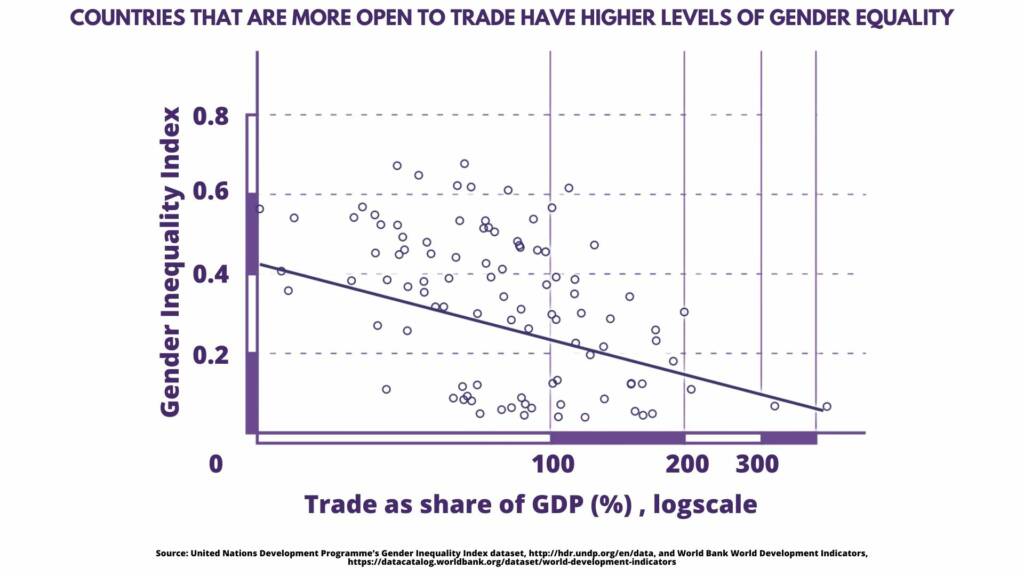
Despite their prevalence around the world, women-owned businesses are disproportionately impacted by the challenges of doing business internationally for a variety of factors.
Trade is not gender neutral – its impacts, benefits and challenges affect men and women differently. Estimates suggest the economic gender gap that has emerged between men and women globally will take over 200 years to close.
Some examples of the barriers that impact female traders and businesses more so than their male counterparts and they include: regulatory/procedural obstacles and biases/transparency issues; cultural and societal factors; scale issues; and a lack of female representation at senior management levels.
In conclusion, greater inclusion of women in economic activities can drive diversification and growth. Closing gender gaps in education expands the pool of human capital, provides an essential ingredient for technology adoption and innovation, and increases an economy’s ability to create and execute ideas.
This is why the GTPA and our partners in the Adaptive Trade Leadership in a Globalised World programme are pleased to announce that we are providing two scholarships for women business leaders to join the first cohort of participants in the Adaptive Trade Leadership in a Globalised World programme.
The programme has been designed to give executives the tools they need to be more effective leaders in an ever-changing world.
How responsive are you to change? And how much do you really know about international trade? This course will equip you to take your place as a leader in this and the future world of international trade.
Full scholarships to the Adaptive Leadership in a Globalised World programme will be awarded to at least two outstanding applicants looking to make an impact on the world of international trade or business.
For further information please visit our website at www.gtpalliance.com
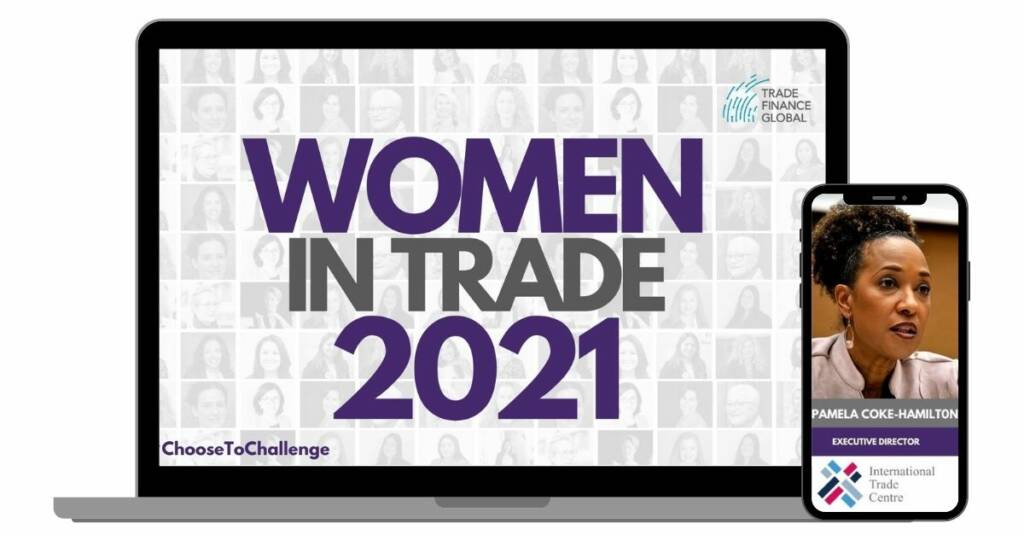
 Australia
Australia Hong Kong
Hong Kong Japan
Japan Singapore
Singapore United Arab Emirates
United Arab Emirates United States
United States France
France Germany
Germany Ireland
Ireland Netherlands
Netherlands United Kingdom
United Kingdom
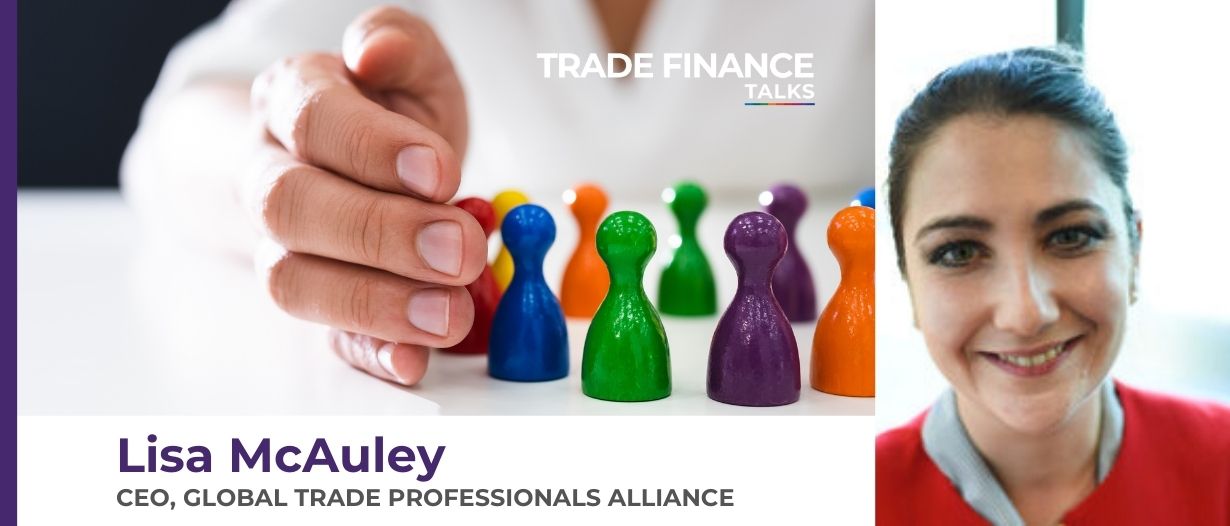









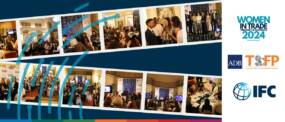
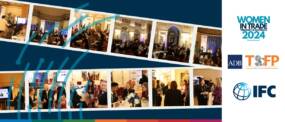


Comments are closed.